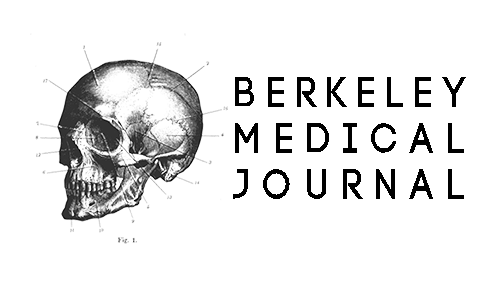by: Mackenzie Moore After tumor-removal surgery in cancer patients, it is common for some cancer cells to be left behind, increasing the risk that the tumor will return. Dmitri Lapotko, a researcher at the University of California, Irvine, and his colleagues have applied a novel technology involving tiny exploding nanobubbles that can be injected inside […]
Luminescent Crystals: Using Light to Detect Toxins in Food
by: Lina Tudesi There exists a class of chemical compounds naturally produced by fungi which are known to be carcinogenic, mutagenic, damaging to developing fetuses, and contaminate 25% of the world’s crops every year. They are called mycotoxins, and while their biological function in nature is unclear it is well established that they have serious […]
A New Type of Library: DNA
by: Gianna Mousalimas Imagine a library filled with trillions of books. Now, imagine that same library shrunk down so that it could slip into a small test tube. This phenomenon may seem unattainable, yet scientists have indeed achieved a DNA “library” that contains trillions of molecules. Even more incredible is that this library is frozen […]
First Steps to a Cure: Protein C4 Implicated in Schizophrenia Risk
by: Zachary Grimmett Schizophrenia is a devastating psychiatric disease that is characterized by impaired advanced cognitive function, typically presenting in late adolescence or early adulthood. Unfortunately, scientific researchers have been puzzled by the underlying mechanism behind this disease since its discovery. While drugs exist to treat symptoms of schizophrenic psychosis, there are many other symptoms […]
Like Mother Like Daughter: Study finds heritable transmission of emotional neurocircuitry
by: Sarah Rockwood Parents provide much more than food on the table, a roof to live under, and the occasional time-out. They contribute the genetic framework and environmental upbringing that shapes each one of us–the combination of nature and nurture that shapes us into unique individuals. These intergenerational effects determine a myriad of phenotypes, from […]
Why Costa Ricans Outlive Americans
by: Sandeep Kaur Why do some populations live longer than others? Many factors unquestionably influence the health indicators of a population. Researchers are attempting to understand why Costa Rica outperforms the United States in life expectancy, despite the United States having higher income and health care expenditures. For example, “mortality in the United States is […]
What Inuit genes may reveal about the secret to personalized diets
by: Mackenzie Moore For decades, health experts have touted the benefits of omega-3 fatty acids based on the paleo diet of Inuit tribes studied in the 1970s. Scientists correlated the decreased number of heart attacks in Arctic populations with the high levels of omega-3 fatty acids consumed through fatty fish and meats, but a closer […]
After the Smoke Has Cleared: A First Look at the Effects of Thirdhand Smoke
by: Linda Tunesi In 1964, the Surgeon General published the first report on the health hazards of tobacco smoking. It is now common knowledge that first and secondhand smoke can cause all sorts of health issues, from bronchitis to sudden infant death syndrome to cardiovascular disease. Over fifty years after the first report, researchers are […]
Does this birth control make me look fat: The effects of progesterone-only contraception on metabolism
by: Stephanie Gates Weight gain has been a self-diagnosed side effect of many methods of birth control for years. While this has not been proven, scientists have found many associations between progesterone, an endogenous hormone commonly used in female contraception, and resting metabolic rate. This association might, in turn, lead to an increase in appetite […]
